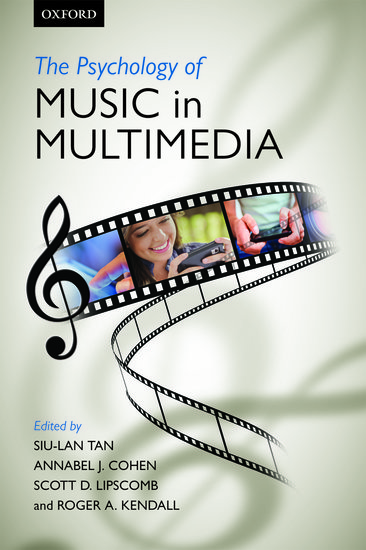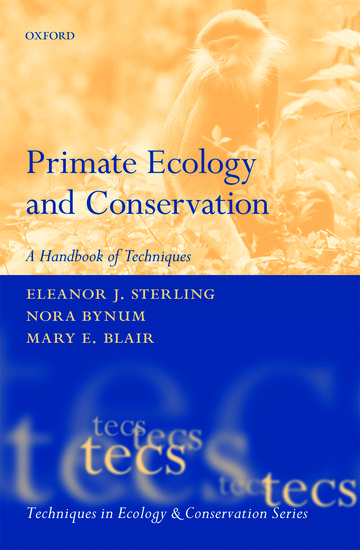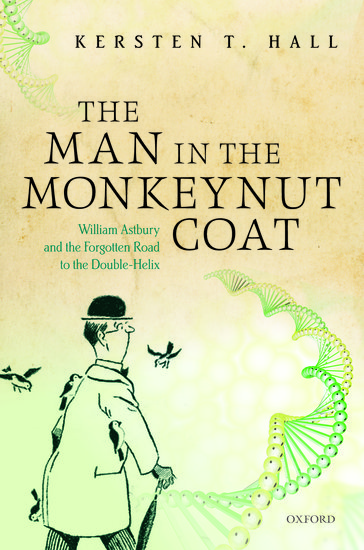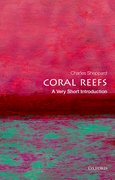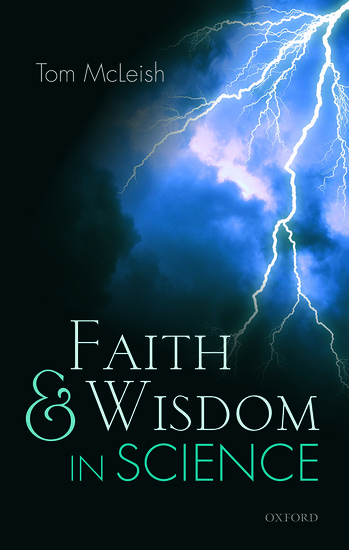By Charles Sheppard
Coral reefs are the most diverse ecosystem in the sea. In some ways they are very robust marine ecosystems, but in other ways, perhaps because of their huge numbers of species, they are very delicate and susceptible to being damaged or killed. On the one hand, healthy reefs are glorious riots of life, and marine scientists have spent several decades unravelling the complicated ways in which they work. On the other hand, at least one third of the world’s reefs have already died – gone for ever in terms of human lifetimes at least – even when the cause of their demise is lifted.



